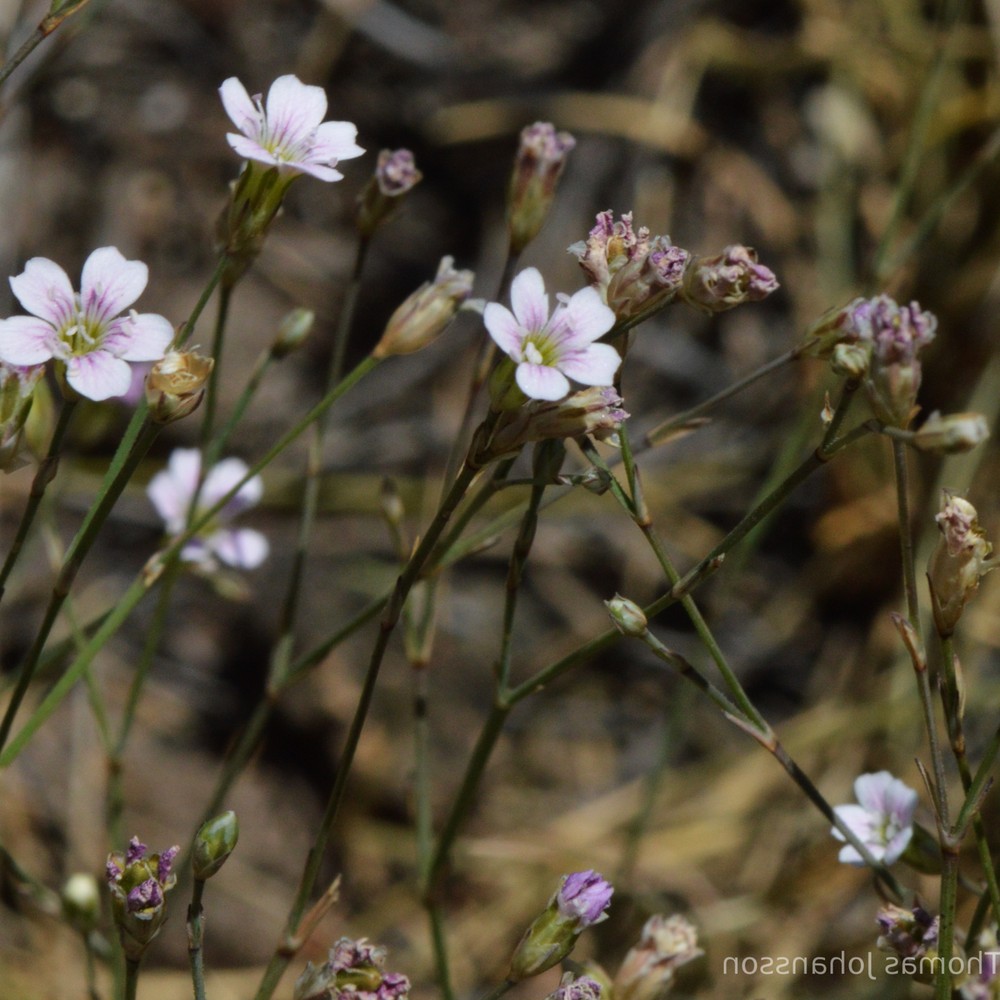Tunic flower
(Petrorhagia saxifraga)

Description
Petrorhagia saxifraga, known as tunic flower or coat flower, is a small, herbaceous flowering plant in the family Caryophyllaceae. It is native to parts of Europe and introduced to the United States and Canada, Great Britain, and Sweden. Petrorhagia saxifraga is also known as tunic saxifrage, pink saxifrage, or just pink. It is a wiry plant with numerous branching stems, narrow leaves, and flowers growing solitary at the ends of branches. The petals range from pink to white. It is commonly cultivated in rock gardens and used along borders, escaping to grow in lawns, along roadsides, along shorelines, and in other sandy disturbed areas. Tunic flower was originally described as Dianthus saxifragus by Carl Linnaeus in 1753 and renamed Petrorhagia saxifraga in 1831. The genus and species name refer to its natural habitat: rock crevices. Two subspecies are accepted: Petrorhagia saxifraga subsp. gasparrinii (Guss.) Pignatti ex Greuter & Burdet Petrorhagia saxifraga subsp. saxifraga (L.) Link Petrorhagia is a small genus of annual and perennial plants of the family Caryophyllaceae, mostly native to the Mediterranean region. The genus is often referred to as Tunica, which is an obsolete synonym. It is low-growing with wiry stems and narrow, grass-like leaves. The flowers are small, in clusters similar to members of the genus Dianthus, in pink, lilac, or white. Petrorhagia saxifraga is the tunic flower or coat flower, similar to baby's breath, but shorter, and used in rock gardens. These plants are mainly native to Eurasia, but some species can be found nearly worldwide, having been introduced to other continents.
Taxonomic tree:







